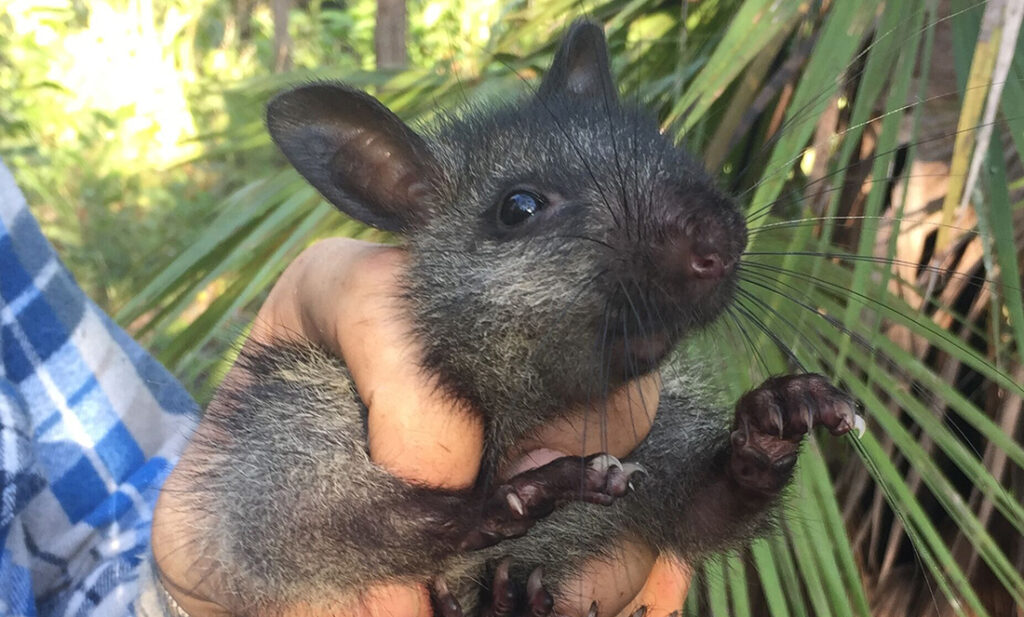Over evolutionary time, species come and go. New species form while others go extinct. That’s life. But in recent times, the risk of extinction for many species has increased dramatically.
Now, a new study led by researchers from the Threatened Species Recovery Hub sheds new light on the current situation with Australian fauna. This $60 million nationwide programme is backed by the government and multiple universities across Australia.
The programme has so far identified 20 bird and 20 mammal species that are the most endangered in Australia.
These species are the most likely to be gone within the next 20 years if nothing is done to improve their chances of survival. The alarming results surfaced after gathering all information available about the status of different bird and mammal species. This included an exhaustive review of research reports, national databases on endangered species and feedback from top experts on each of these species.
The reasons behind these grim predictions are varied. According to a recent study, the most common threats affecting these species include things like habitat loss, the presence of invasive species and climate change.
“In Anna Karenina, Tolstoy noted that all happy families are alike, but each unhappy family was unhappy in a different way. It is a bit like that with threatened species, with the particular combination of threats often varying uniquely,” says John Woinarski from Charles Darwin University, co-lead of the study.
“But for many of these most imperilled species, feral cats and foxes are the major threat. In some cases, such as the King Island scrubtit and King Island thornbill, the main problem is historical habitat loss and ongoing habitat degradation,” he adds.
Who’s at risk?
“The most at-risk Australian bird is the tiny King Island brown thornbill. This bird, under its current low level of conservation care, has little more than a 5% chance of surviving the next 20 years,” said Hayley Geyle from Charles Darwin University, co-author of the study in a press release.
The most at-risk Australian bird is the tiny King Island brown thornbill.

For other bird species, things are not much better.
“Ten birds have a 50/50 or greater chance of becoming extinct,” she adds.
Species like the orange-bellied parrot, the western ground parrot and the plains-wanderer are among the unlucky 10.
In the case of mammals, the most endangered species is the central rock-rat. This species is only found in a portion of the West MacDonnell Ranges, Northern Territory. The authors estimate a 65% chance of extinction for this species within the next 20 years.
For other species, the odds of survival are only slightly better.
“For the northern hopping-mouse, the risk is about 50/50. For Perth’s western ringtail possum, the risk is 1 in 4,” says Hayley.
You can see the full list of the species at risk of extinction in The Hub’s sobering press release. But all is not lost just yet.
It’s not too late
The good news is that most of these predicted extinctions can be prevented—but it requires some swift action.
For example, we need to know exactly what factors are causing the extinction of these species. Once we know this, we need to tackle the problems effectively and involve the local community.
The first step to save these endangered species involves monitoring, explains Sarah Legge, who recently published a new book on this issue.
“The recovery actions needed for each species will differ, but all species need to be well monitored,” says Sarah.
In other words, scientists need to track the status of populations over time. This way, they can determine if a recovery plan is working. Effective monitoring is also a way to keep the public informed on the current status of native species.
Sarah believes the biggest issue is that currently about a third of all threatened species are not monitored at all. And for those species where some monitoring is happening, the quality is poor.
Part of the reason why some species are poorly monitored is that they are not that well known to start with. Being famous helps in the world of wildlife.

“Many of these most-imperilled species have a low public profile, so there is little government or social impetus to invest in their conservation,” says John.
The authors hope that their study will help bring these species into the public eye and raise awareness on their precarious situation.
“We have sought to highlight the knife edge on which these species uncomfortably sit. The hope is that this will help raise their profile and awareness of their need for help,” he adds.















